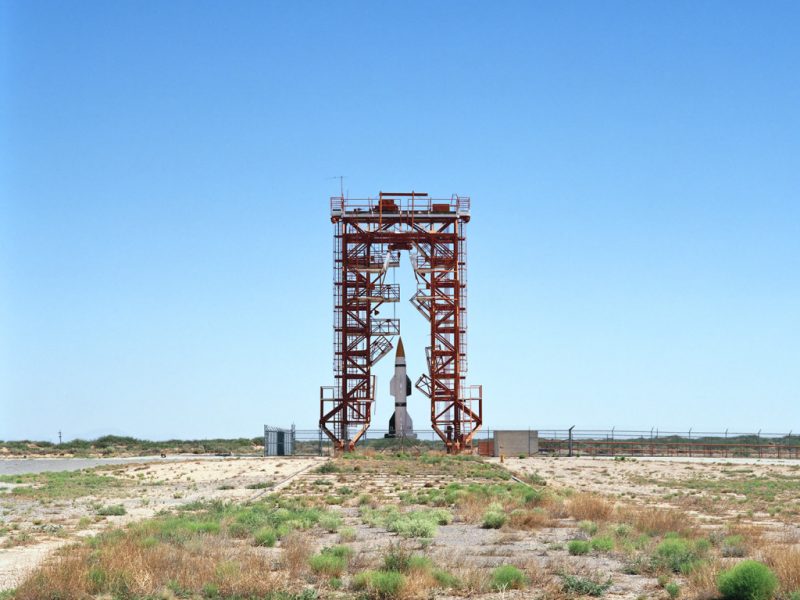The exploration of space is still one of the humanity’s greatest achievements. Astronauts that ventured into space have been hailed as the heroes of our time. But what about the incredible infrastructures that sent them skyward? – The truth is, it have been largely forgotten, serving as crumbling mementos of one of the humanity’s greatest achievements.
Roland Miller spent half of his life documenting these eerie landmarks before they are lost forever. Miller was space fan since a toddler, he wanted to be an astronaut but was not able to pursue this dream because of poor eyesight.
The Illinois photographer has spent 25 years documenting NASA launch sites and research centers.
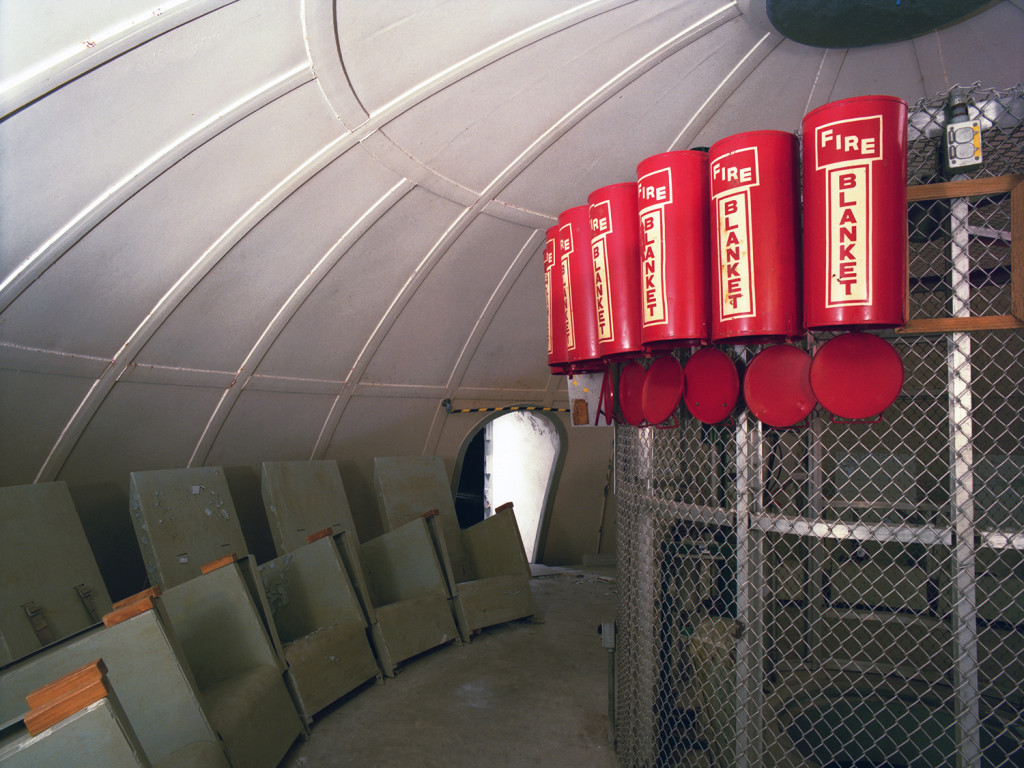
Launch Pad 39B,
Kennedy Space Center, FL
1996
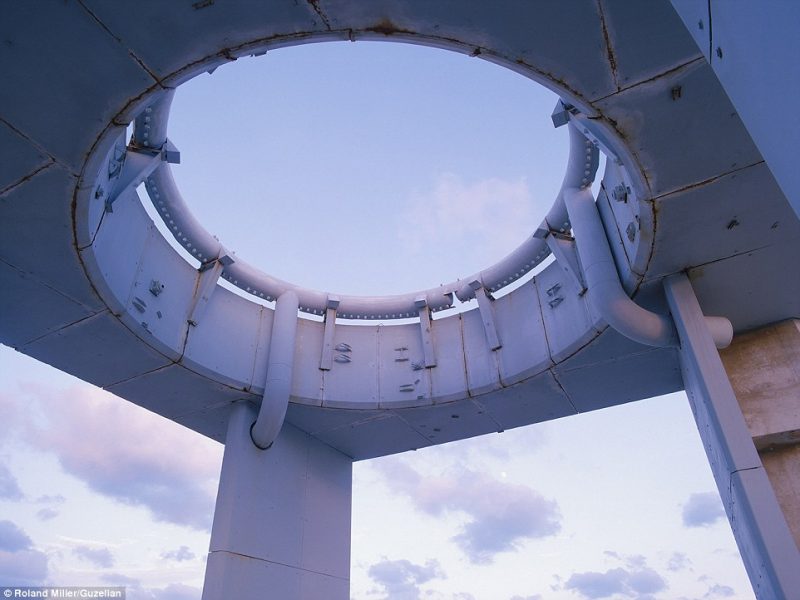
“So many of these sites echo the monumentalism of ancient ruins, Mayan, Egyptian, Stonehenge, or the Native American ruins of the Southwest. They are contemporary archeology sites,” says Miller, who is compiling his life’s work in Abandoned In Place, a book to be published by University of New Mexico Press and partly-funded through his current Kickstarter campaign.

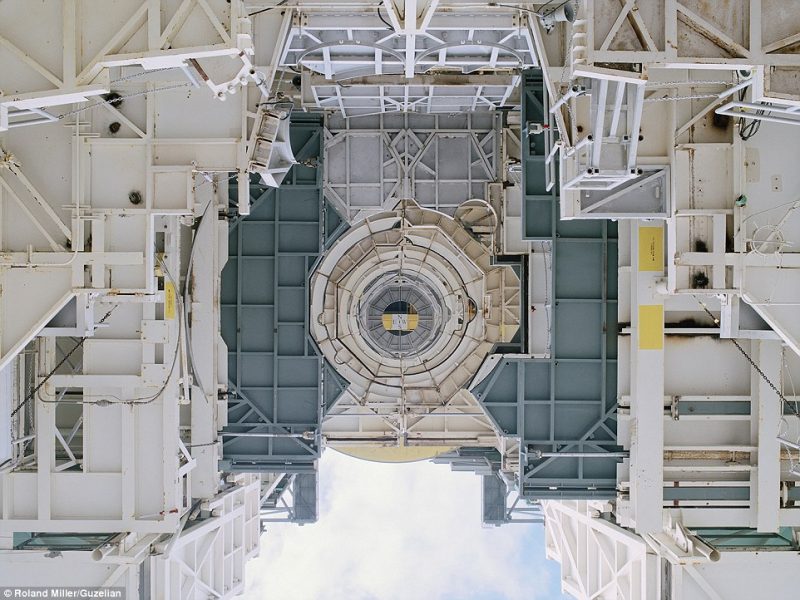
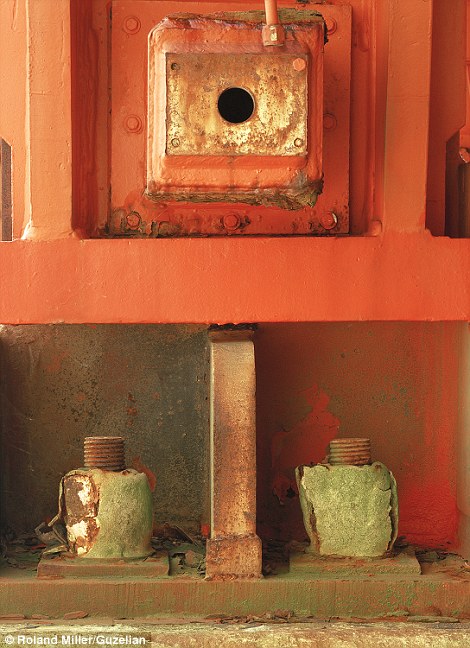
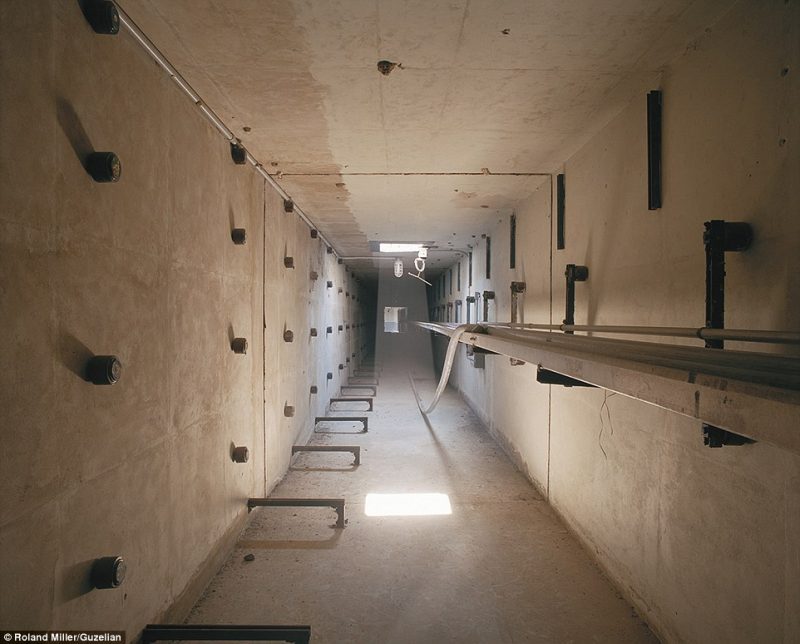

ABANDON IN PLACE/PEACE,
Apollo Saturn Complex 34,
Cape Canaveral Air Force Station, Florida
1992
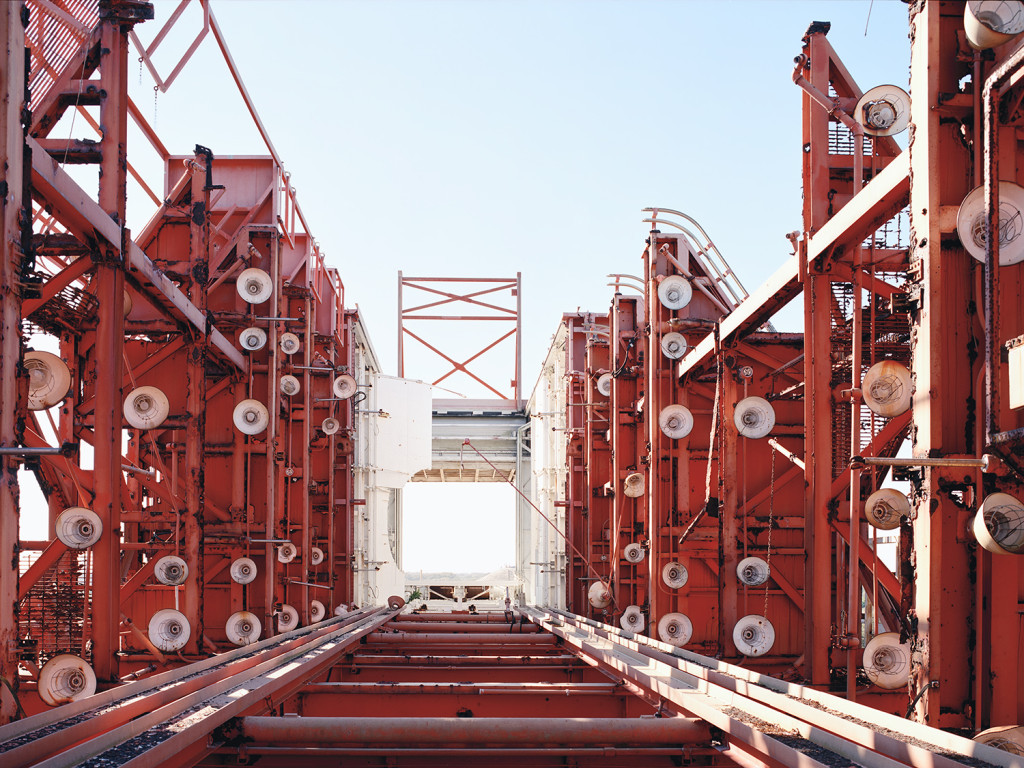
Gemini Titan Complex 19,
Cape Canaveral Air Force Station, Florida
1991
Launch Complex 19 was the first abandoned launch pad I visited. It was 1988, and I was amazed that the light bulbs on the erector were mostly intact more than 22 years after the last Gemini mission. Unlike all the other service towers at the pads on Cape Canaveral, the erector at Pad 19 was hinged at the base. It was lowered before every launch. After the last launch, it was left in the horizontal position.
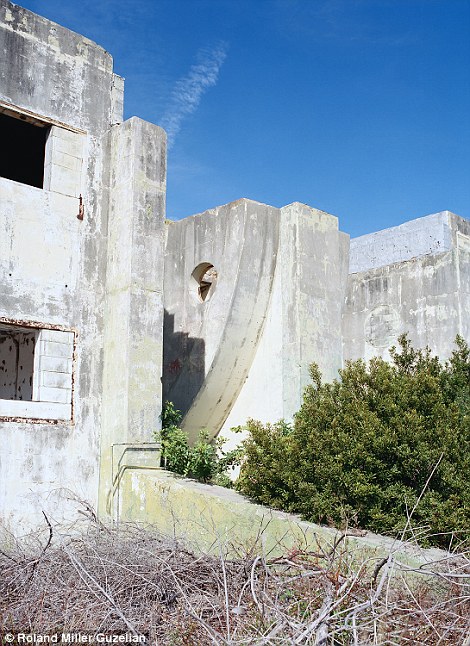
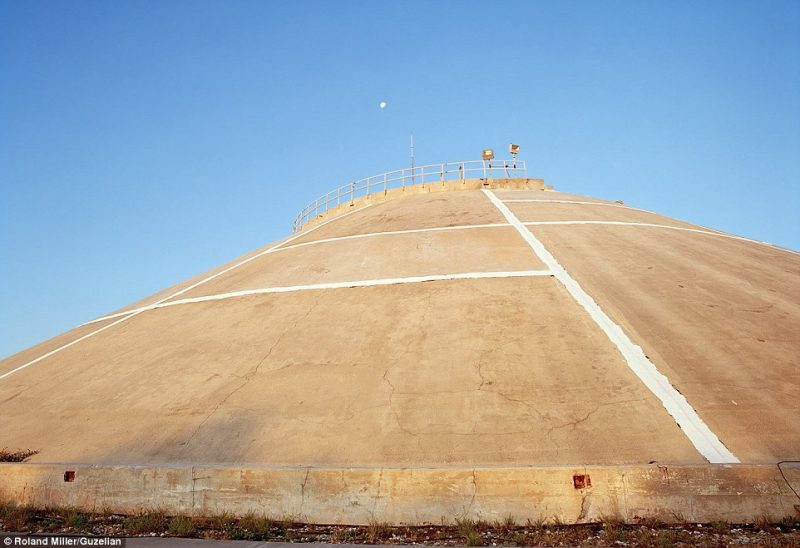
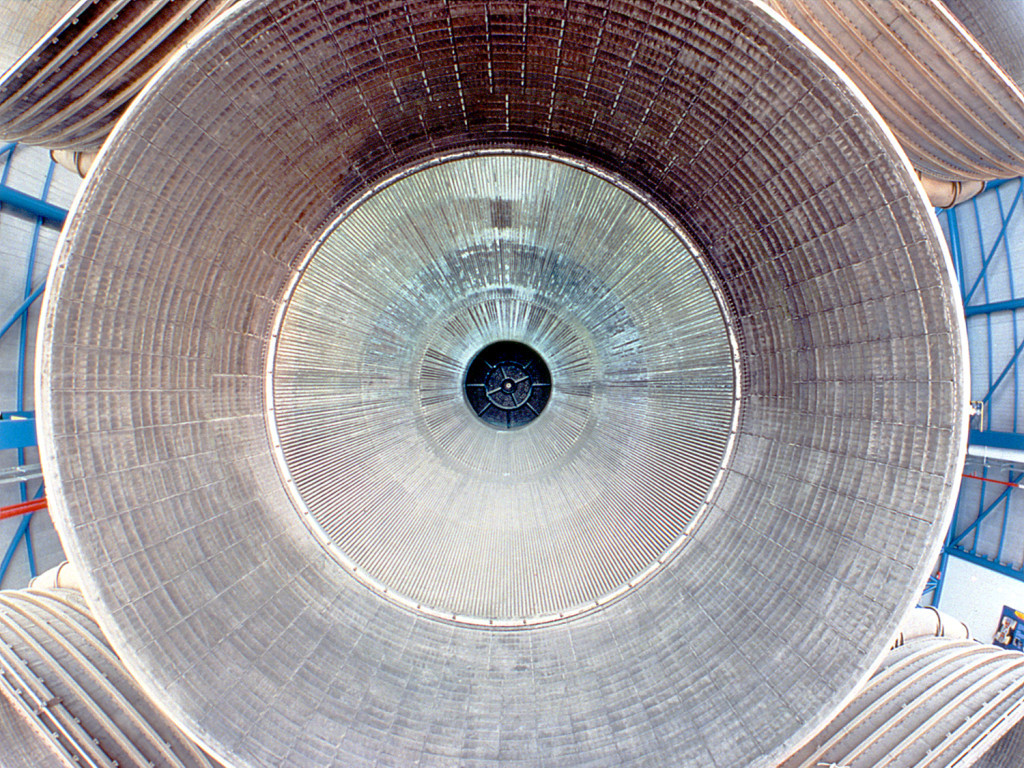
Saturn V Center
Kennedy Space Center, FL
1997
In 1997, I was asked to photograph the newly opened Saturn V Center, including access to a high-lift for vantage points like this view of the center Saturn V F1 engine.
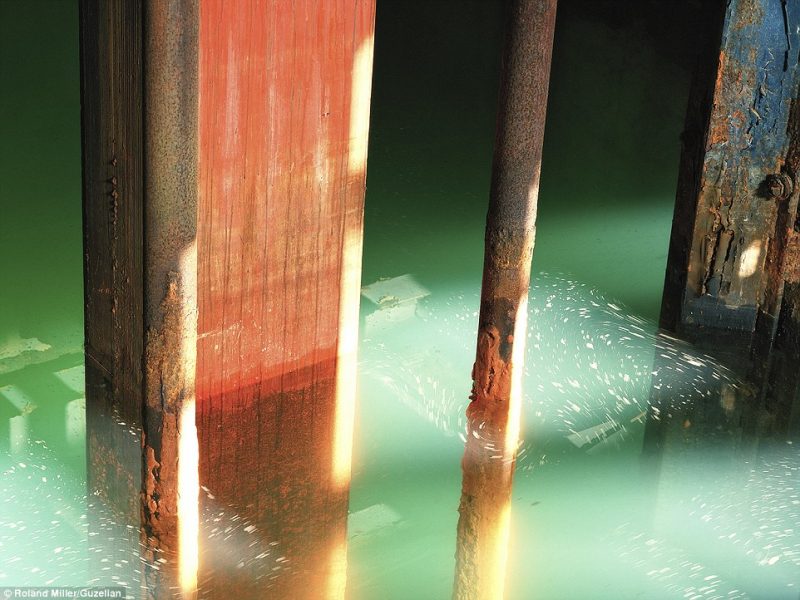
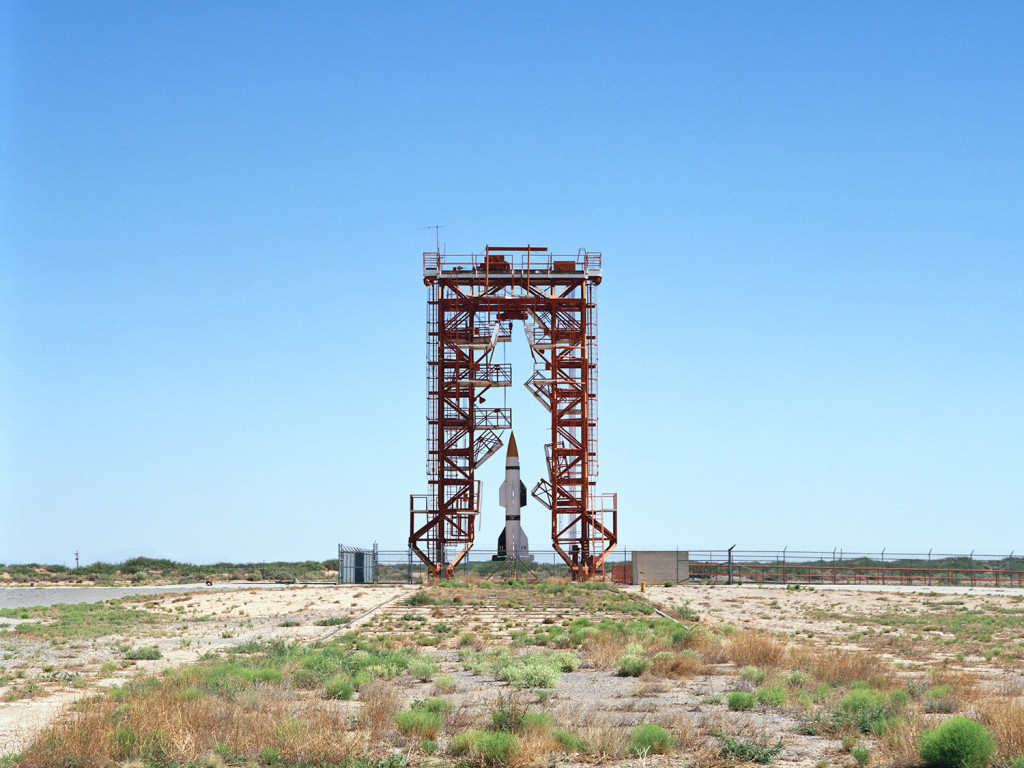
Launch Complex 33 Gantry,
White Sands Missile Range, New Mexico
2006
Launch Complex 33 on White Sands Missile Range was one of the earliest launch complexes built. It was originally used to test launch captured German V2 rockets. I was ble to photograph both the launch pad and the blockhouse. I noticed many of the features in LC 33’s blockhouse made there way into other blockhouses at Cape Canaveral–like multiple panes of glass laminated together to allow for protected viewing of the launch from the blockhouse.
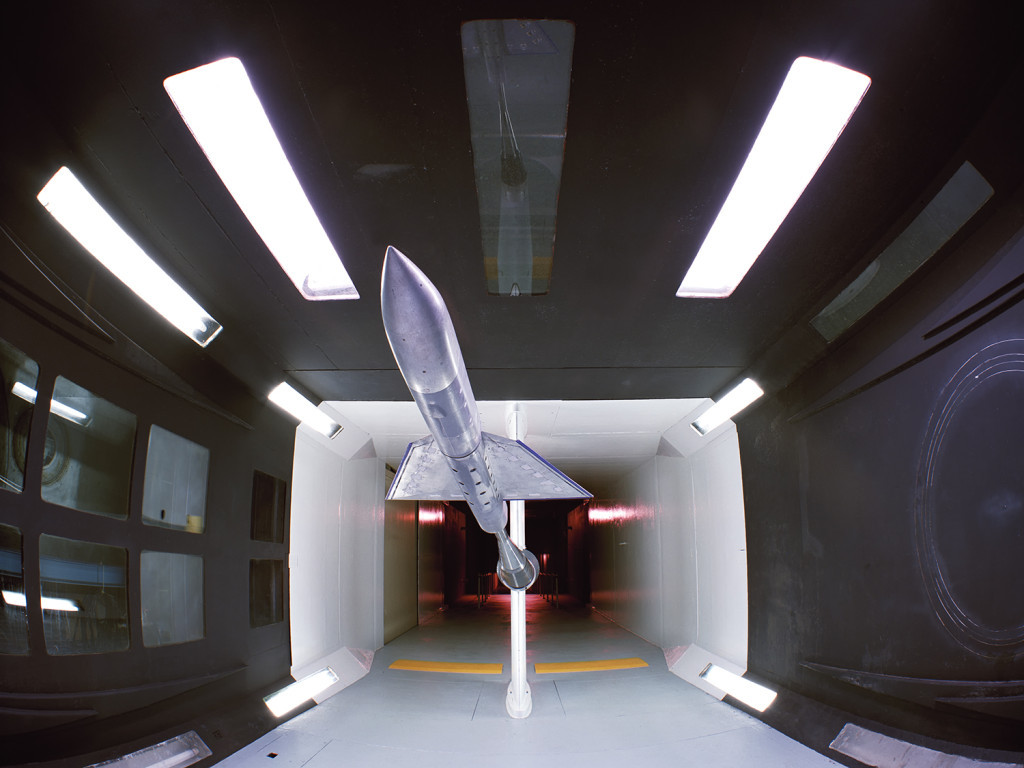
Wind Tunnel Test Chamber with Model,
7 X 10 Foot Wind Tunnel,
NASA Langley Research Center, Virginia
1997
The size of the wind tunnel, 7 X 10 foot in this case, refers to the size of the test chamber. This is the test chamber of the 7 X 10 foot wind tunnel at Langley Research Center with an aerodynamic model in place for example.
Image Courtesy:Rolland Miller, h/t:WIre, DailyMail
More Info: Abandoned in Place
